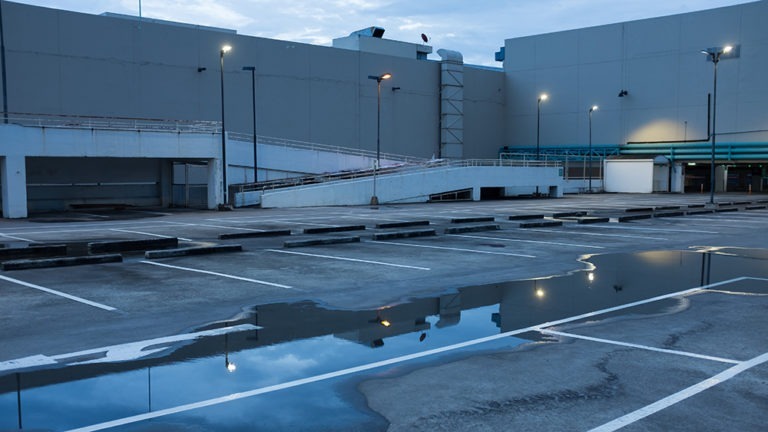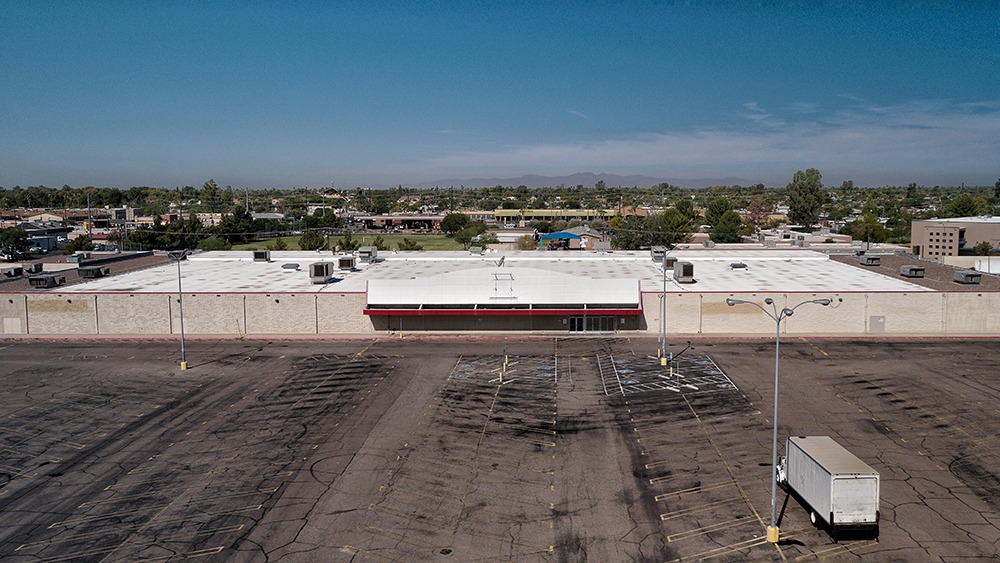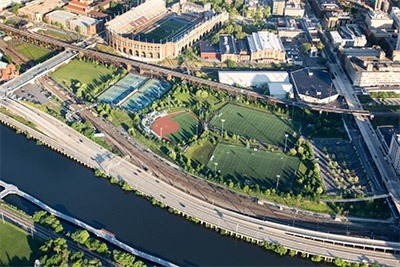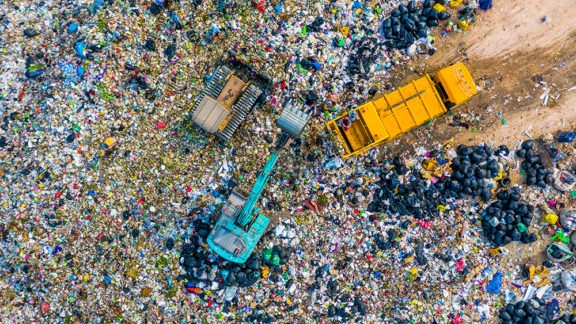Manufacturing, industrial, and commercial properties located in parts of Southern California — including currently unregulated commercial, industrial, and institutional (CII) properties — may soon be governed by new stormwater management regulations. Affected properties will likely include health sciences, biotech, food and beverage, and consumer products facilities; dealerships; retail shopping centers; and universities. CII properties and unregulated portions of industrial facilities in the rest of the state, and potentially the country, may soon be regulated too.
In response to petitions and a 2018 district court order related to the potential for hazardous runoff into two Los Angeles watersheds, EPA Region 9 is developing more stringent, site-specific requirements for CII properties. These new stormwater permitting requirements could affect property owners’ infrastructure and operations and maintenance costs.
The Los Angeles Regional Water Quality Control Board will likely adopt these requirements for these two watersheds by the end of 2023. The state is also considering similarly strict requirements for CII properties across California. Statewide requirements are likely to be rolled out within a year of the currently proposed stormwater management regulations.
Who should prepare for new permitting standards
The new standards will encompass CII properties that have more than five contiguous acres covered by impervious surfaces such as parking lots, rooftops, and roadways. Currently, these facilities aren’t captured under general National Pollutant Discharge Elimination System (NPDES) permits, and their stormwater discharges have been exempted from site-specific planning, monitoring, and recordkeeping.

Once adopted, the ruling will affect CII entities that include:
- Commercial facilities without coverage under the Industrial General Permit (IGP).
- IGP-covered facilities under the transportation Standard Industrial Classification codes, such as container terminals and fleet maintenance facilities.
- CII parking areas that are not already covered under another NPDES permit, such as employee parking lots.
- Private institutional facilities such as colleges, universities, and hospital campuses.
A developing issue
The new draft permit will likely be available in the next few months, with adoption expected by the end of 2023. Until the exact draft language is released, the full scope of the permit is unknown, including how the EPA will enforce or fund it. We expect, however, that when it is adopted, CII facilities in the regulated watersheds will be required to develop stormwater management compliance programs and, if unable to comply with runoff requirements, may need to invest in stormwater treatment systems or potentially pay a fee for off-site or alternative compliance. In addition, once the permit is adopted statewide, it is expected to be considered nationally, meaning CII facilities around the United States need to prepare.
Next steps for property and business owners
It’s not too late to get ahead of this regulation. If you suspect your property may be affected by this expanded permitting, you should prepare by:
- Studying the draft permitting language to both understand expectations and prepare for a compliance solution.
- Assessing potential permit implications.
- Developing or expanding a plan for managing stormwater.

At Haley & Aldrich, we are closely monitoring developments surrounding this permit and advising clients on all the considerations mentioned above. We are also closely watching California Assembly Bill 2106, which would extend requirements for CII facilities across the state. The bill requires a draft statewide CII permit available for public comment 12 months after the Los Angeles Regional Water Quality Control Board adopts its CII permit.
Given the potential for eventual nationwide adoption, these regulations have implications for clients across the country. So, whether in California or elsewhere, now is the time to plan for potential permit implications.
Published: 5/24/2022
- Aerospace
- Education, healthcare, and cultural institutions
- Healthcare
- Higher education
- Industrial and manufacturing
- Automotive
- Consumer products
- Food and beverage
- Manufacturing
- Water resources
- Stormwater
Author

Technical Expert, Water Resources




